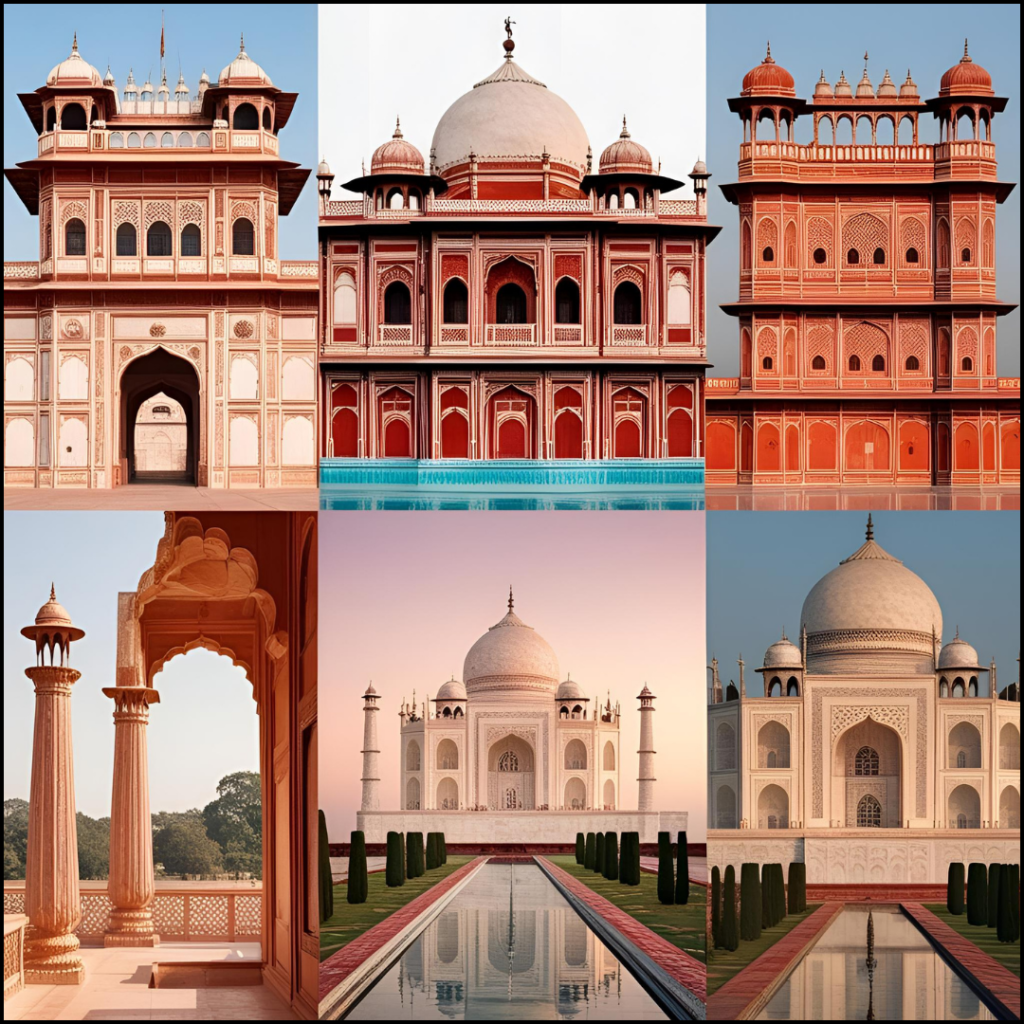The Legacy of Indian Palaces: Architectural Marvels of Royalty

Introduction
India is home to some of the world’s most opulent and architecturally splendid palaces, each narrating tales of grandeur, history, and the regal lifestyle of erstwhile kings and queens. These palaces not only symbolize the country’s diverse cultural legacy but also stand as a testament to its architectural evolution. From the majestic forts of Rajasthan to the exquisite palaces of Mysore and Hyderabad, India’s royal residences are timeless treasures.
The Architectural Brilliance of Indian Palaces
Indian palaces exhibit a fascinating blend of architectural styles, influenced by various dynasties, including Rajputs, Mughals, Marathas, and British colonizers. Some of the key architectural features include:
1. Rajputana Grandeur: The Fort Palaces of Rajasthan
Rajasthan, known as the ‘Land of Kings,’ houses some of the most spectacular palaces, including:
- City Palace, Jaipur: A stunning mix of Rajput and Mughal styles, featuring courtyards, gardens, and museums.
- Umaid Bhawan Palace, Jodhpur: Built in the 20th century, it showcases Indo-Deco architecture and remains a luxury hotel.
- Lake Palace, Udaipur: A floating wonder on Lake Pichola, now a premium heritage hotel.
2. Mughal Influence: The Fusion of Persian and Indian Styles
Mughal rulers introduced Persian elements into Indian architecture, resulting in exquisite designs such as:
- Taj Falaknuma Palace, Hyderabad: Once a Nizam’s residence, featuring European-style chandeliers, Venetian furniture, and grand staircases.
- Red Fort, Delhi: Though primarily a fort, it housed royal palaces and intricate Mughal gardens.
- Shah Jahan’s Contributions: Emperor Shah Jahan’s love for architecture is evident in numerous royal structures, blending marble work with delicate carvings.
3. South Indian Majesty: The Splendor of Mysore and Travancore
South India boasts of intricately designed palaces that reflect the grandeur of Dravidian architecture:
- Mysore Palace: Known for its Indo-Saracenic design, vibrant lighting during festivals, and exquisite wooden carvings.
- Padmanabhapuram Palace: A traditional Kerala-style wooden palace with unique craftsmanship.
The Historical Significance of Indian Palaces
Beyond their aesthetic appeal, these palaces played crucial roles in governance, cultural development, and diplomacy. Kings conducted state affairs, hosted foreign dignitaries, and celebrated grand festivals in these royal estates. The walls of these palaces have witnessed history unfold, from wartime strategies to marital alliances that shaped Indian politics.
Indian Palaces in the Modern Era
Today, many of these palaces have been transformed into luxury hotels, museums, and heritage sites to preserve their legacy. Some notable ones include:
- Taj Lake Palace (Udaipur) – Now a five-star hotel by Taj Hotels.
- Rambagh Palace (Jaipur) – A royal residence turned into a luxury heritage hotel.
- Chowmahalla Palace (Hyderabad) – Converted into a museum showcasing the Nizam’s opulence.
Conclusion
The royal palaces of India are more than just architectural marvels; they represent the country’s historical evolution, cultural richness, and artistic excellence. Whether as museums, hotels, or heritage sites, these palatial wonders continue to mesmerize visitors and remind us of India’s grand regal past.






